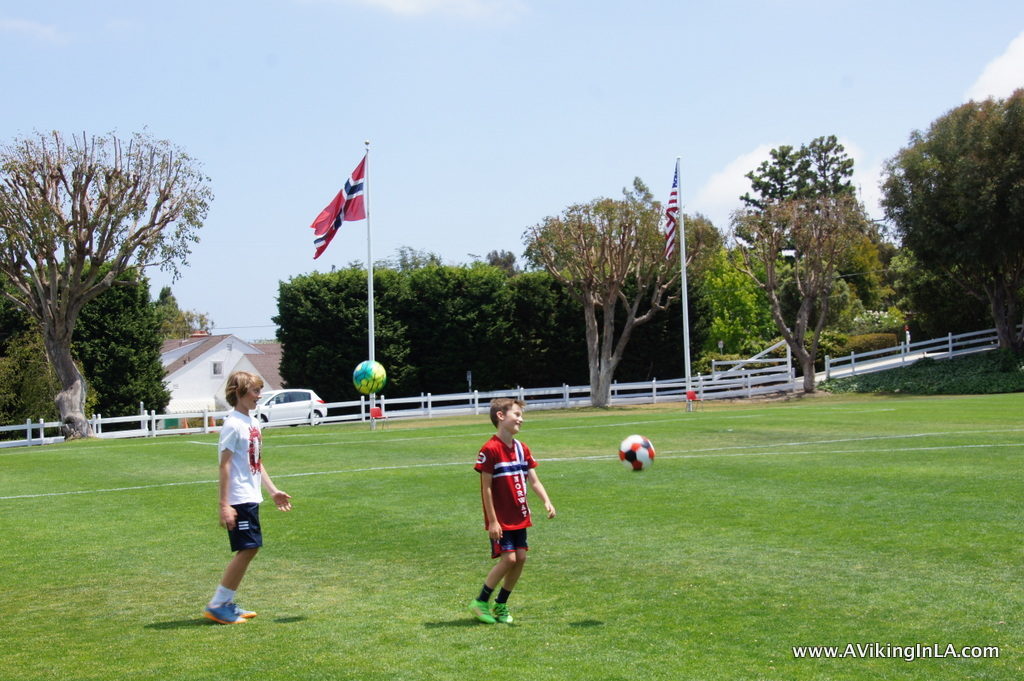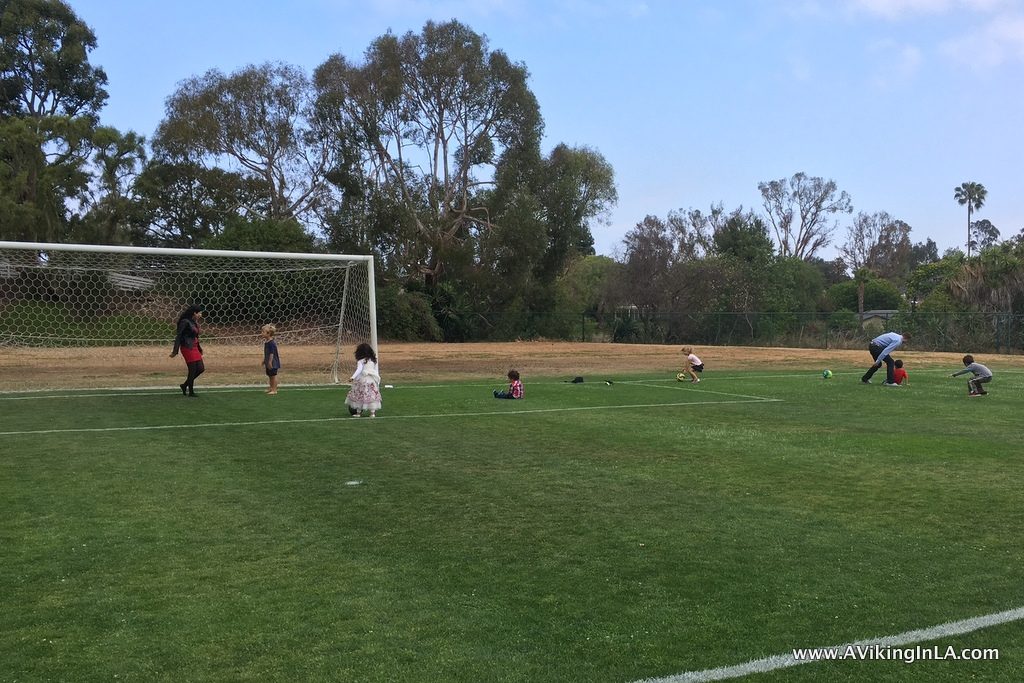Experiencing shrimp the Norwegian way is a special treat. Nothing compares to it in the United States, but attending a Norwegian Shrimp Fest at a Norwegian Church gets you pretty close. And that’s what I had the pleasure of doing earlier this month.

Thank you to Sjømannskirken for letting me use their photo.
This year’s Shrimp Fest at the Norwegian Church in San Pedro took place on St. Patrick’s Day so the ubiquitous green made its appearance. There were green napkins; otherwise, I would have expected red or blue napkins. Also, there was the occasional very green shrimp sitting on the edge of a shrimp bowl. Apparently, it was edible but no one near us was tempted to try it.
The evening was really a very simple and casual affair. Tables were set with large bowls of shrimp (in this case, Arctic Greenland shrimp), freshly baked bread, mayonnaise (real Norwegian mayonnaise!), fresh dill, lettuce leaves, and lemon wedges. Then it was up to the guests to handle the rest themselves. (And the hosts to refill the shrimp bowls, which they did gladly and diligently.)
It was very quiet to begin with as guests set to work peeling shrimp and making their open-faced sandwiches. There’s nothing really too gourmet about this meal. Some people might even be shocked at the amount of mayo that goes into a sandwich. It’s hard to eat fast at a shrimp fest because the shrimp are small and each one takes a few seconds to peel. But the result is certainly worth the effort.

For those of you who are curious about what makes this meal so special, it’s the shrimp. The shrimp enjoyed at Norwegian gatherings are a coldwater species caught at the bottom in the deep waters of the North Atlantic and North Pacific Oceans. They are most often cooked and quick-frozen within a few hours of leaving the water.

While we all were enjoying our shrimp, with discussions of what body part to rip off first, the Slow TV program Saltstraumen minutt for minutt was playing in the background. Saltstraumen is the world’s strongest tidal current located near the city of Bodø (about 50 miles north of the Arctic Circle). I was too busy with my shrimp so I didn’t see much of it, but the glimpses I did catch were a perfect accompaniment to the meal.
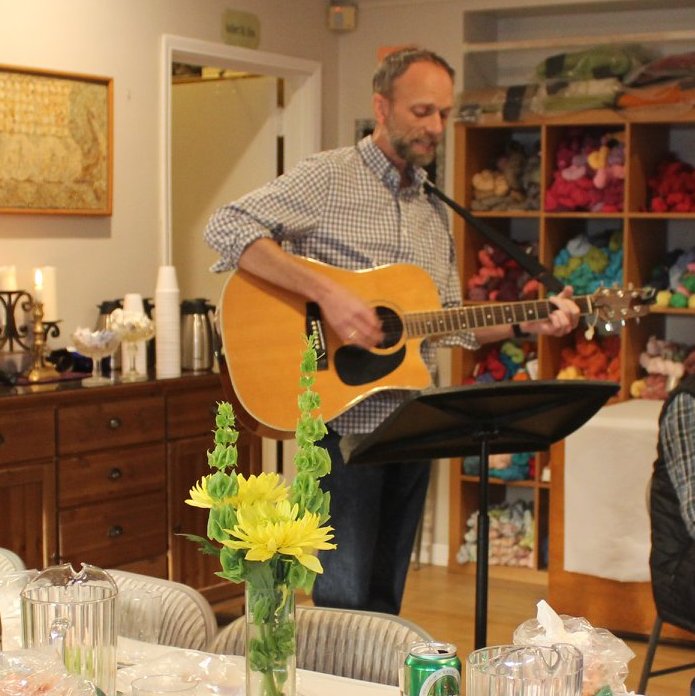
Thank you to Sjømannskirken for letting me use their photo.
There were other highlights of the evening as well. When guests had started to slow down their peeling and eating, we did a sing-along of the Norwegian song “Rekevisa” (“The Shrimp Song”) as Sverre, the priest, played the guitar. It had the melody of a traditional children’s Christmas song (“Musevisa”, “The Mouse Song”), but the lyrics about a mouse family getting ready for Christmas had been replaced with lyrics about the joys of a shrimp fest. Another highlight of the evening was a quiz. It included multiple-choice questions on a wide variety of topics, some relating to the evening (like “How many species of shrimp are there?”), others totally unrelated (“How many times a day does a person touch their phone?”). It was really the luck of the draw as to who would win, which made it fun for all ages.
We finished off the meal with some vanilla ice cream with chocolate and caramel toppings. As we enjoyed our desserts, we went over the answers to the quiz. I believe I heard the winners came down from Santa Barbara for the Shrimp Fest. They deserved that bag of seigmenn!
When I return to Norway every summer, a shrimp meal is always on my wishlist of foods. The opportunity to enjoy one here in the States with like-minded people was wonderful, and I look forward to next year’s fest!


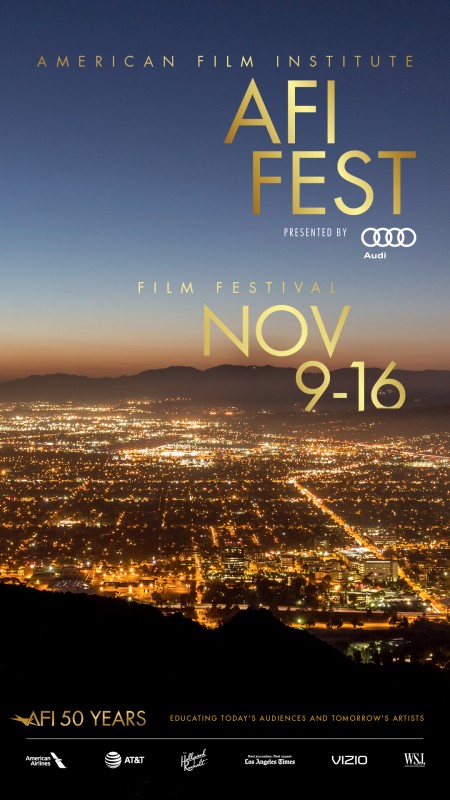
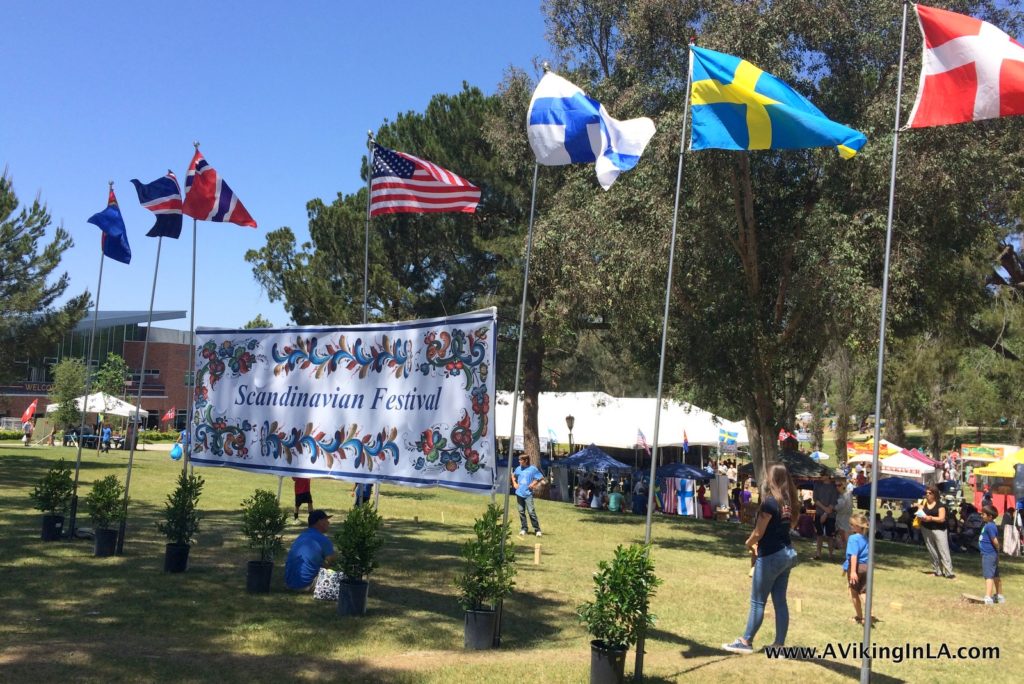 The annual Southern California
The annual Southern California 

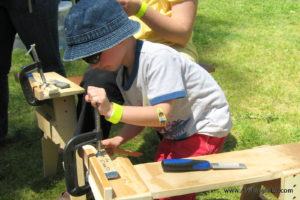



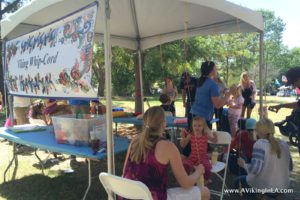
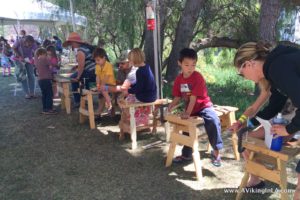

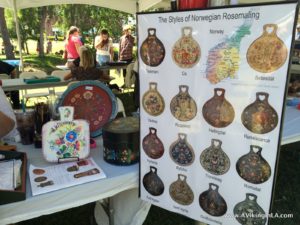




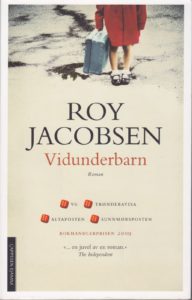
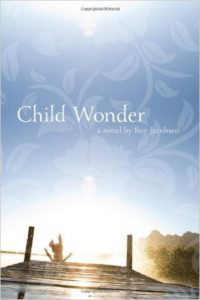



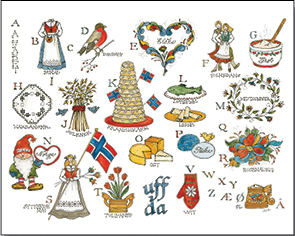
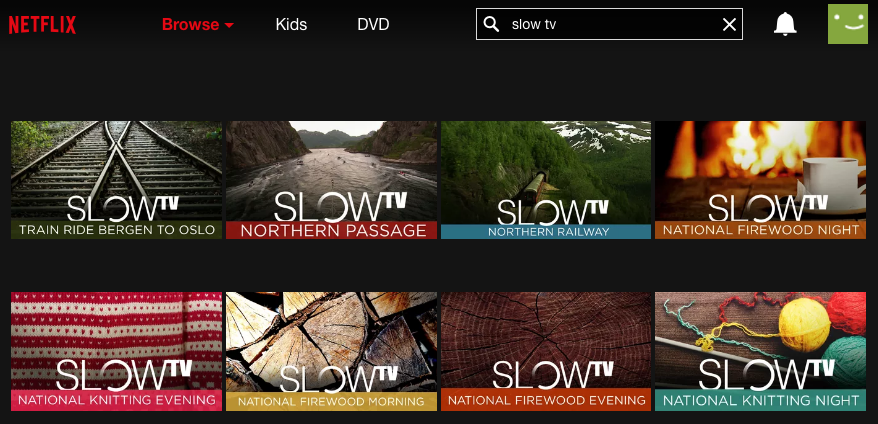
 Norway’s National Day snuck up on us this year even though it was on our calendar. We didn’t decide to attend the festivities at Nansen Field until the evening before. The next morning we rallied the troops, dug out our Norwegian flags (and once again remembered we need new ones for next year), and headed down to Rolling Hills Estates, about a 30-minute drive south of Los Angeles.
Norway’s National Day snuck up on us this year even though it was on our calendar. We didn’t decide to attend the festivities at Nansen Field until the evening before. The next morning we rallied the troops, dug out our Norwegian flags (and once again remembered we need new ones for next year), and headed down to Rolling Hills Estates, about a 30-minute drive south of Los Angeles.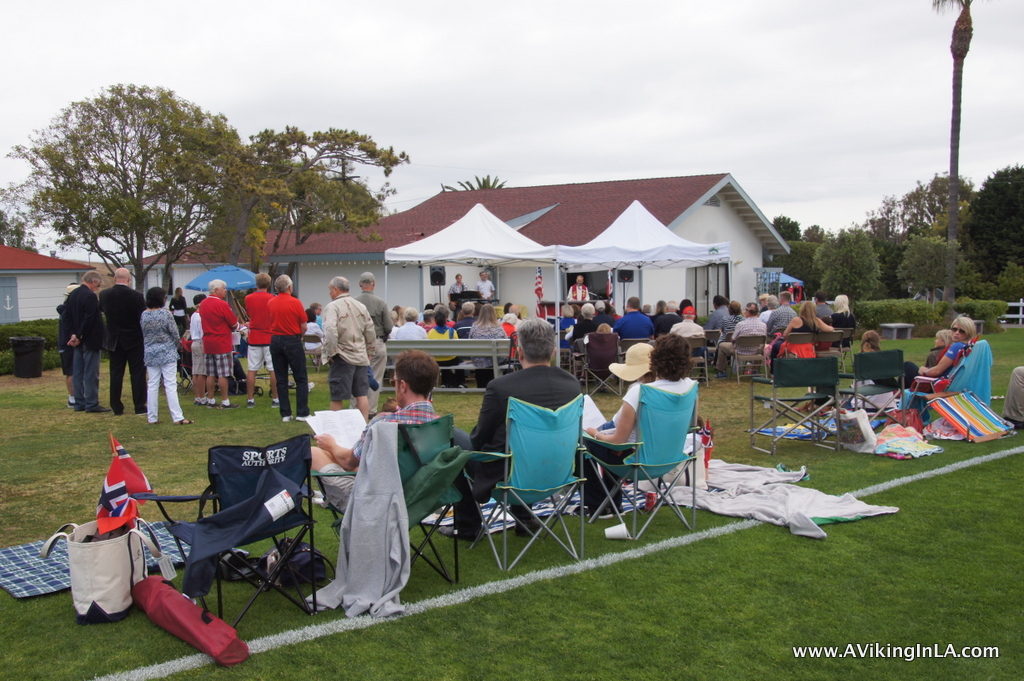 It didn’t take long for Sonny and Doobie to head off to the open soccer goal on the huge empty field. But it also didn’t take long until they were overrun by little kids and their parents and had to abdicate the goal.
It didn’t take long for Sonny and Doobie to head off to the open soccer goal on the huge empty field. But it also didn’t take long until they were overrun by little kids and their parents and had to abdicate the goal.